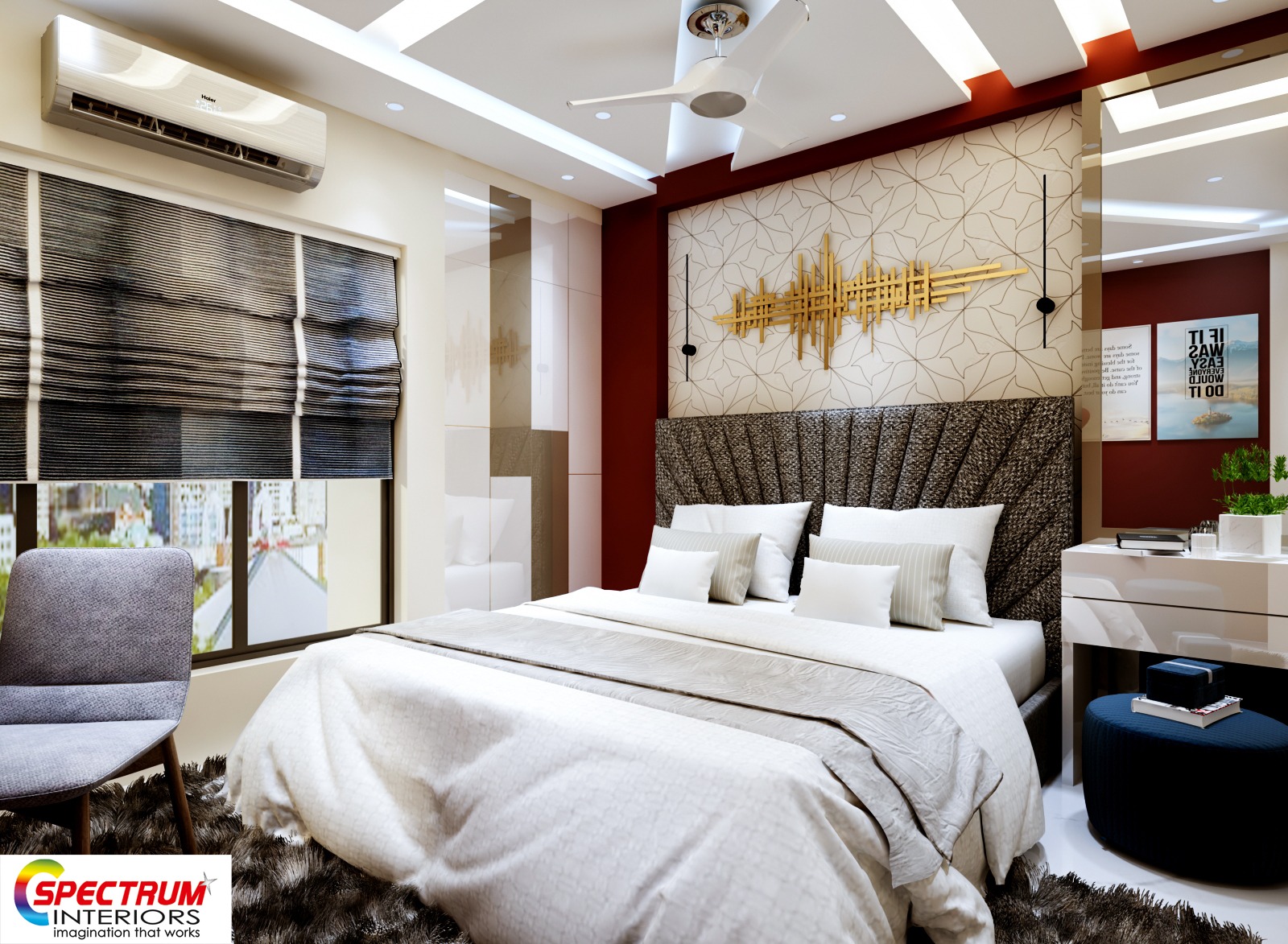Find top miami interior design professionals for customized luxury spaces.
Find top miami interior design professionals for customized luxury spaces.
Blog Article
Change Your Home With Important Principles of Interior Style and Appearances
By recognizing the influence of shade theory and the significance of appearance and patterns, one can develop areas that are not just visually enticing yet likewise deeply personal. Attaining this balance includes more than mere decor; it includes a strategic setup and an eager understanding of just how each element interacts within an area.
Understanding Shade Theory
Understanding the principles of shade theory allows designers to produce areas that resonate mentally with residents while meeting functional needs. Each category plays a critical role in establishing consistency within a room.
The psychological effect of shades is profound; warm colors such as reds and oranges stimulate power and heat, while cool tones like blues and eco-friendlies advertise peace and harmony. In addition, the use of complementary colors improves visual passion, developing striking contrasts that can elevate a space's charm.
Neutral colors, on the other hand, function as a flexible backdrop, allowing other design elements to shine. It is important to take into consideration variables such as lights and the area's objective when picking a shade combination, as these can change the understanding of shades throughout the day.
Eventually, a well-considered color pattern can transform a room, fostering a sense of convenience and design that straightens with the citizens' preferences. Mastery of color theory is, therefore, a vital ability for any kind of interior designer aiming to develop unified and inviting environments.
Achieving Balance in Style
How can developers attain a feeling of equilibrium in their areas? Attaining balance in design is basic to producing harmonious interiors. Designers can utilize 3 main sorts of equilibrium: in proportion, asymmetrical, and radial. In proportion balance involves preparing aspects evenly around a main point, cultivating a feeling of order and serenity. This kind commonly features sets of furniture or art work, improving aesthetic stability.
Unbalanced equilibrium, on the various other hand, relies upon varying aspects that still attain a natural appearance. This strategy permits even more dynamic and informal plans, offering interest while maintaining equilibrium. By very carefully choosing differing sizes, colors, and textures, developers can create an aesthetically compelling area that feels well balanced yet energised.
Radial balance emphasizes a main prime focus with aspects radiating external. This style is frequently seen in circular layouts, where furniture and decoration produce a natural surround that draws the eye internal.
Eventually, attaining balance requires thoughtful consideration of range, percentage, and the relationships between components. miami luxury interior design. By skillfully applying these balance concepts, designers can change rooms into environments that feel both visually pleasing and functionally harmonious, boosting the overall experience for passengers
Relevance of Spatial Recognition

A keen sense of spatial understanding enables developers to identify prime focus within a room, directing the customer's focus to vital attributes while maintaining an overall sense of unity. It also aids in the calculated positioning of illumination, which can significantly influence the understanding of area and mood. Comprehending spatial connections enables the developer to cater to the details demands of occupants, making sure that each area serves its desired function without jeopardizing visual appeals.
Ultimately, spatial awareness is essential for maximizing the potential of any type of interior space. By meticulously thinking about the interaction in between dimensions, layout, and feature, designers can develop atmospheres that not just fulfill useful requirements but likewise evoke a feeling of comfort and appeal, improving the total living experience.
Integrating Texture and Patterns
Accepting a diverse array of appearances and patterns can dramatically improve the aesthetic and tactile allure of an interior room. The calculated use different products-- such as timber, metal, material, and rock-- produces deepness and interest, making an area feel extra inviting and vibrant. As an example, incorporating smooth surfaces with rough appearances can establish an equilibrium that attracts the eye and engages the senses.
When including patterns, think about both range and repeating. Large patterns can work as focal factors, while smaller sized, subtle styles can match various other elements without frustrating the room. Layering patterns, such as pairing flower cushions with striped throws, includes intricacy and a feeling of consistency if performed thoughtfully.
It is also essential to preserve a cohesive color palette, making certain that structures and patterns work with each other as opposed to complete for interest. By choosing a few key textures and patterns, you can create an unified visual that shows your personal style while improving the general atmosphere of the space. Ultimately, the careful unification of these components can transform an ordinary room into a sophisticated environment abundant with character and heat.
Individualizing Your Room
Producing a space that shows your personality is important to attaining a genuinely inviting setting. Customization in interior layout permits you to infuse your unique design and rate of interests into your home, changing it from a mere sanctuary into a sanctuary that talks to who you are. Begin by picking a color scheme that resonates with your feelings-- strong hues can invigorate, while soft tones provide check my reference peace.
Integrate art work and design that reflect your enthusiasms, whether it be travel, nature, or abstract ideas. Displaying individual collections, such as publications, photographs, or souvenirs, can evoke treasured memories and create prime focus within a room. In addition, consider tailoring functional pieces, like upholstered furnishings, to align with your visual choices.

Conclusion
Finally, the transformation of a home through the essential principles of indoor layout and looks demands a comprehensive understanding of color concept, try here equilibrium, spatial recognition, texture, and personalization. Each aspect adds dramatically to producing a harmonious and useful living setting - luxury interior design. By thoughtfully integrating these principles, individuals can improve the visual appeal and emotional resonance of their spaces, eventually promoting a home that shows special identities while giving convenience and practicality
Report this page